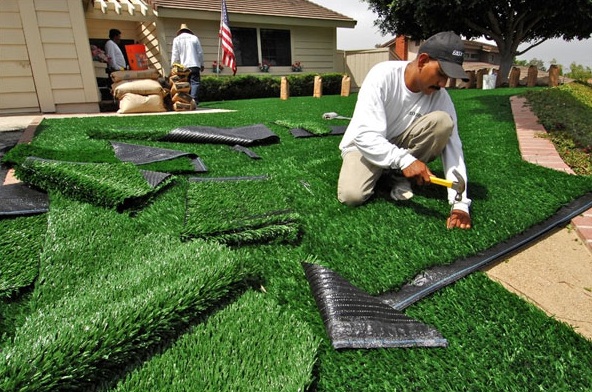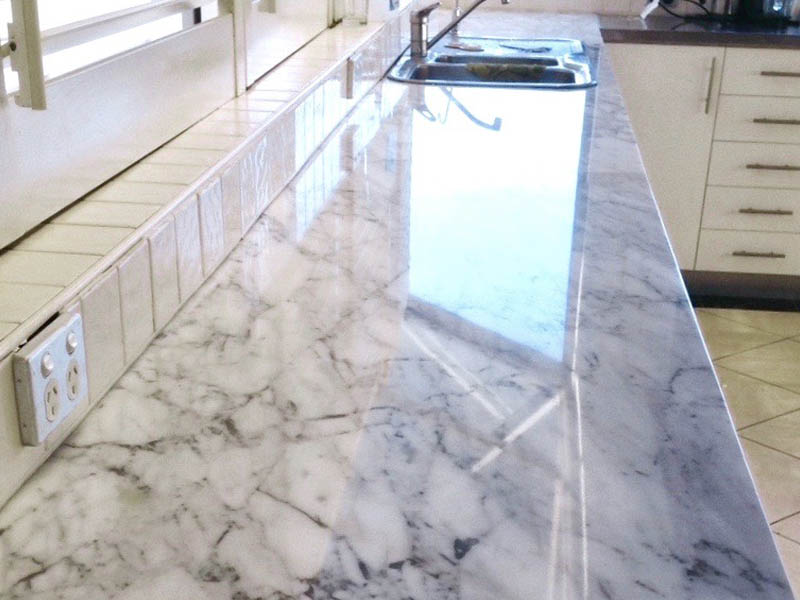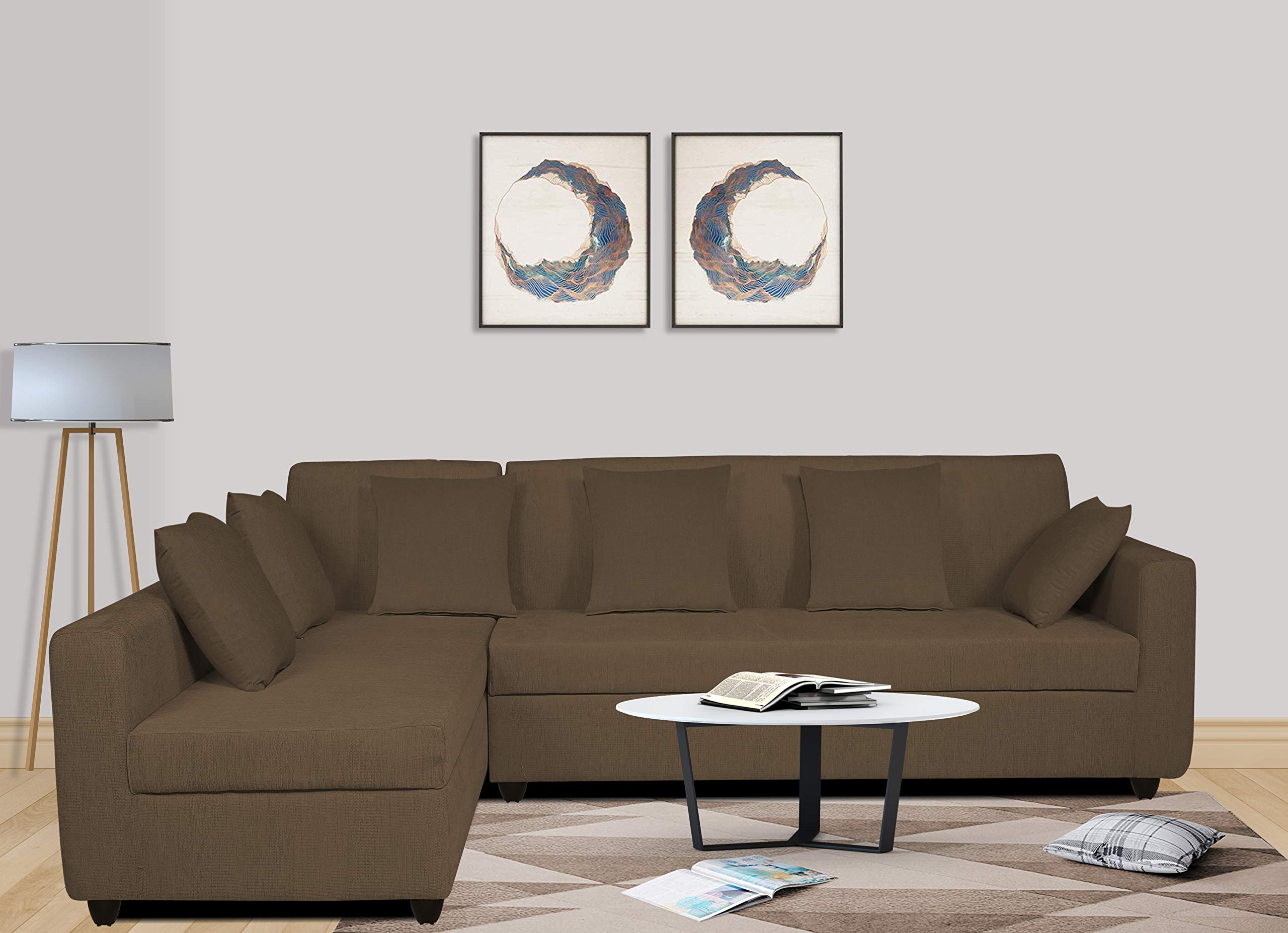How to Properly Install Artificial Turf

If you’re planning to install an artificial turf surface, you can learn how to do it right with these easy tips. You can also use them in the garden on top of potted plants or picnic tables. To get started, follow these steps:
Before starting, make sure you’ve measured the area where you’ll install the new turf. Then, mark the location four (4) inches from the edge towards the center. Leave an allowance of 1″ to account for any miscalculations. When you’ve marked the area, stop. Cut the turf along the marked lines, then take the cut portion to the installation location. For the best results, mark the roll with a chalk line.
Next, survey the worksite for obstacles. Make sure the area is free of debris, and clear the area so that you can easily walk on it. You’ll also need to create an unobstructed pathway, a smooth surface, and defined edges. Fill the excavated area with class-two road base. Use a vibratory plate compactor to compact the base. Remember to leave about 3/4-inch of space around the hardscape edge to avoid damaging the turf.
Another step is to sew the turf. You can purchase edging made of steel, wood, composite, or concrete. These materials are available in a variety of prices. Be sure to do research before choosing a specific company for your artificial turf installation. If the installation costs more than $10 per square foot, you’re probably getting a bad deal. But be sure to get a high-quality artificial turf installation. After all, you’ll want your lawn to be as beautiful as possible, so you’ll want to make sure you’ve chosen the right company.
Once the turf is installed, you’ll need to secure it with nails. You can use nails every few inches to secure the turf. Use caution when hammering nails; you don’t want to trap grass fibers underneath. Make sure you apply galvanized stakes or landscaping anchor pins every six to eight inches. If you are installing artificial turf on your lawn, you’ll need to take extra care to secure it properly.
The next step is compacting the base. A good base should be level and compacted. A vibratory plate compactor is an excellent tool for this. This will make sure that the artificial turf won’t slop or cave in. You’ll also need to add a layer of geotextile material above the base to prevent organic growth from occurring beneath it. Once that is done, the artificial turf is ready for use. And remember: The proper way to prepare your space for artificial turf installation is to follow the steps outlined below.
A professional crew can help you get your artificial turf installed. Their tools include sod cutters, plate compactors, power brooms, and turf gripper, puller, and kicker. You can also rent these tools if you don’t have the tools or experience to do it yourself. This will ensure that your turf will look its best and last as long as possible. But make sure you follow the guidelines to avoid making a costly mistake.



